As the world works to combat the growing number of natural devastation caused by climate change, China is both a leader in production and reduction.
New data shows that the country has not only increased its annual carbon dioxide pollution while also leading the world in clean energy. But how is this possible?
The Leader in Carbon Dioxide
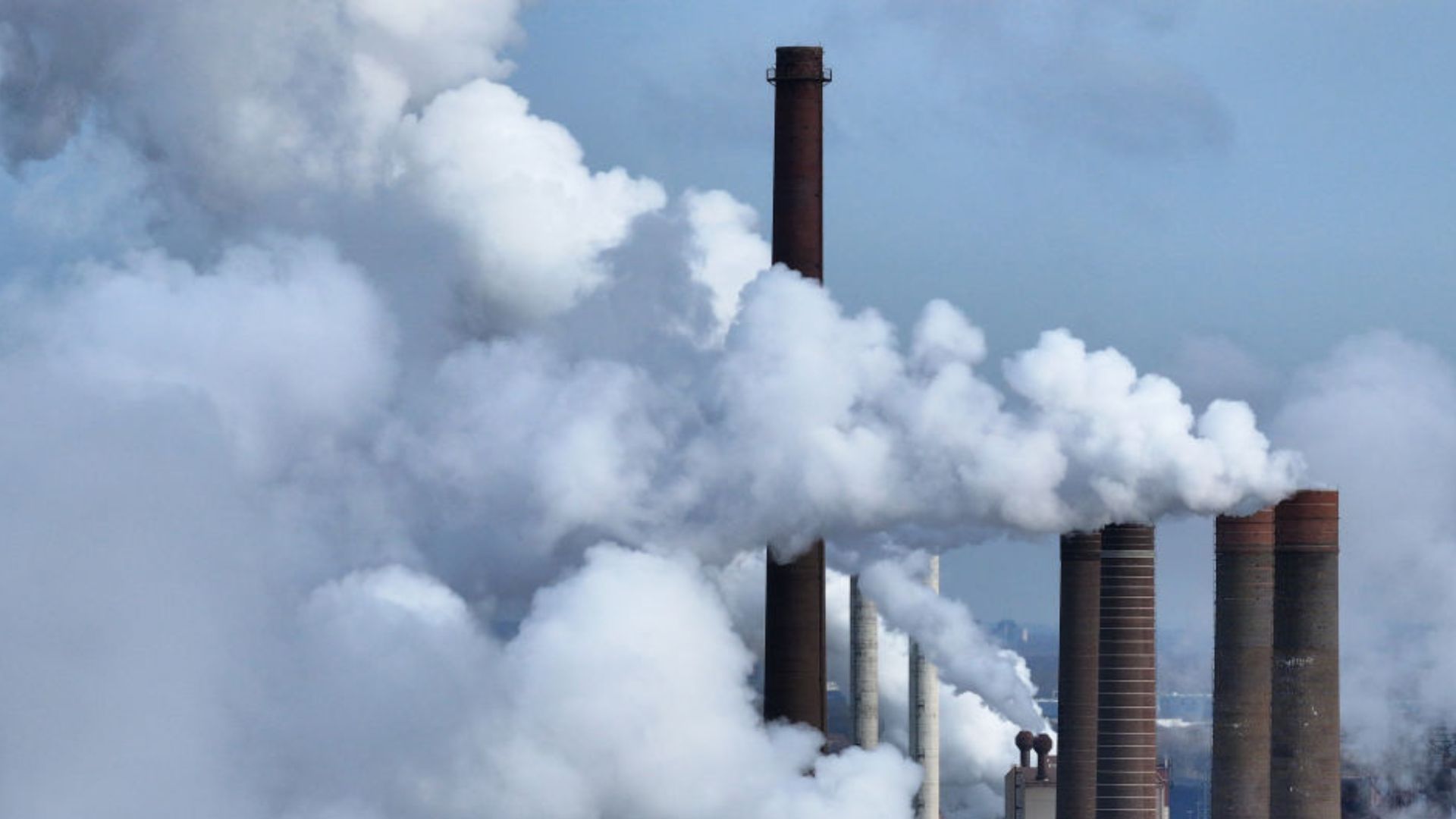
According to the 2023 Global Carbon Budget, shared by Our World in Data, the country was responsible for annual carbon dioxide pollution of nearly nine billion tons. For comparison, India, the second highest polluter, was responsible for two billion tons.
Coal, oil, and natural gas used for energy and transportation primarily cause much of this carbon dioxide.
Pollution Capital of the World
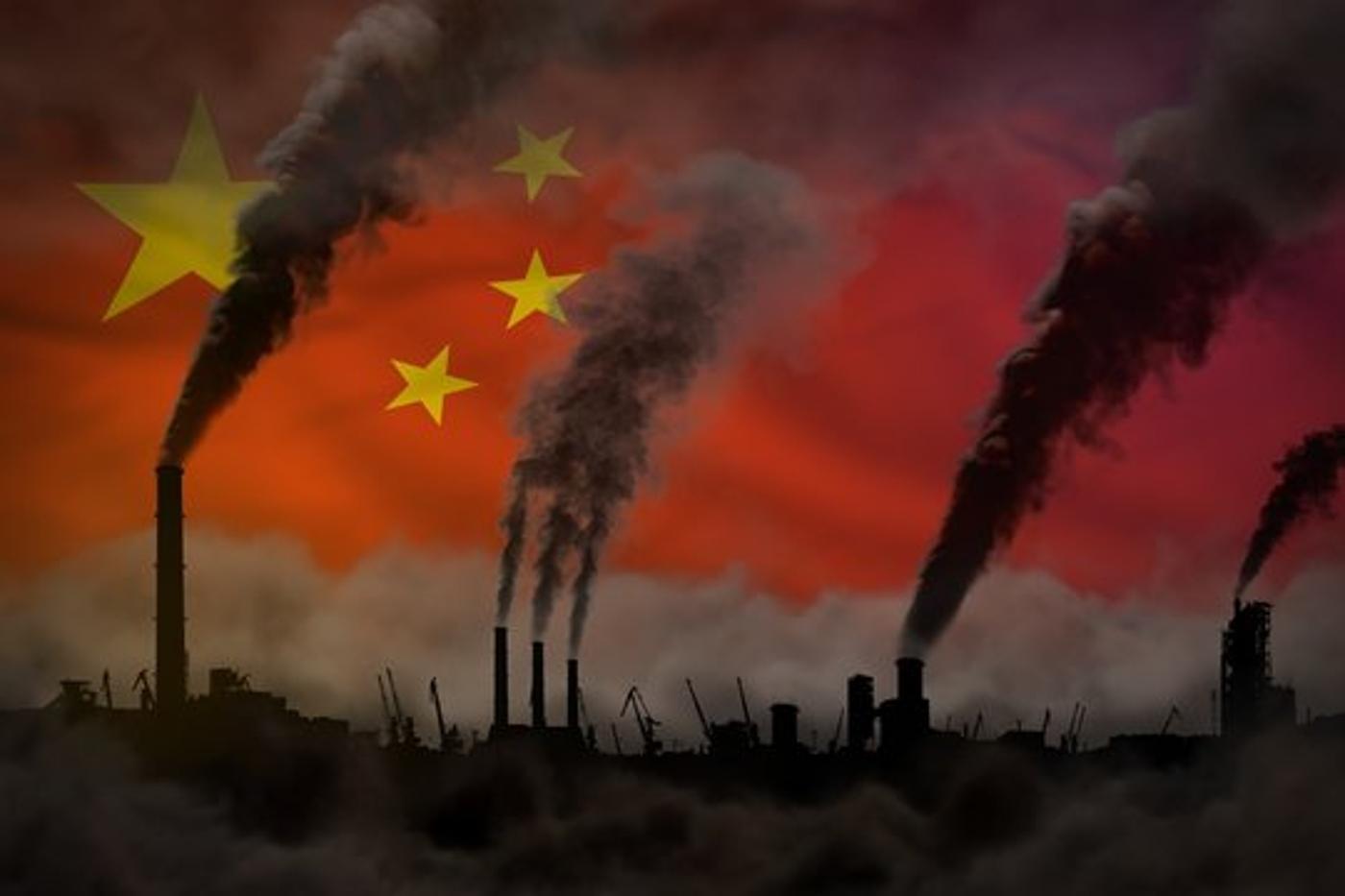
You can easily see how this pollution is affecting the country. Photographs of smog enveloping Beijing’s Bird’s Nest stadium highlight the air pollution problem that China is facing.
In 2005, China’s annual air pollution deaths reached 2.6 million people a year, and Beijing has crowned the smog capital of the world. But the country has been trying to turn this around.
China’s Cleaning Up
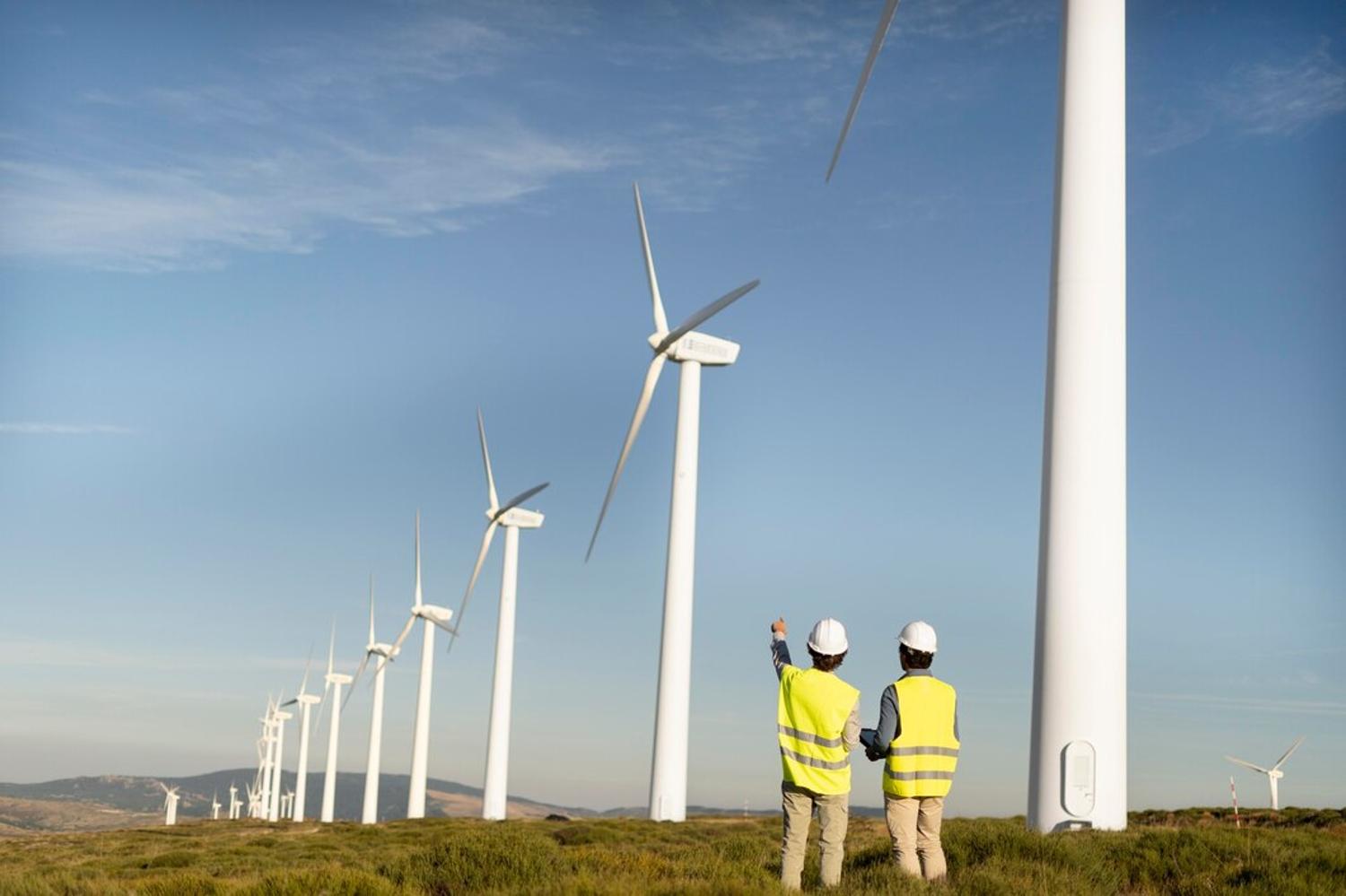
Clean-up technologies fitted to coal-burning power stations, industrial plants, and new vehicles were fitted with tighter emissions control, and fuels were improved.
These efforts did help reduce the particle pollution in Beijing by more than 60% in a decade. The issue is that the air pollution is still six times greater than the World Health Organization guidelines.
The Decline Smog Particles

According to an analysis published by PNAS and shared by Yale Environments 360, China has made improvements to reduce air pollution, which has largely contributed to the warming effects in the Pacific Ocean.
The decline in smog particles has offered less shading protection from the sun, which has increased the rate of ocean warming. This is setting off a chain reaction of atmospheric events.
Heating the Ocean
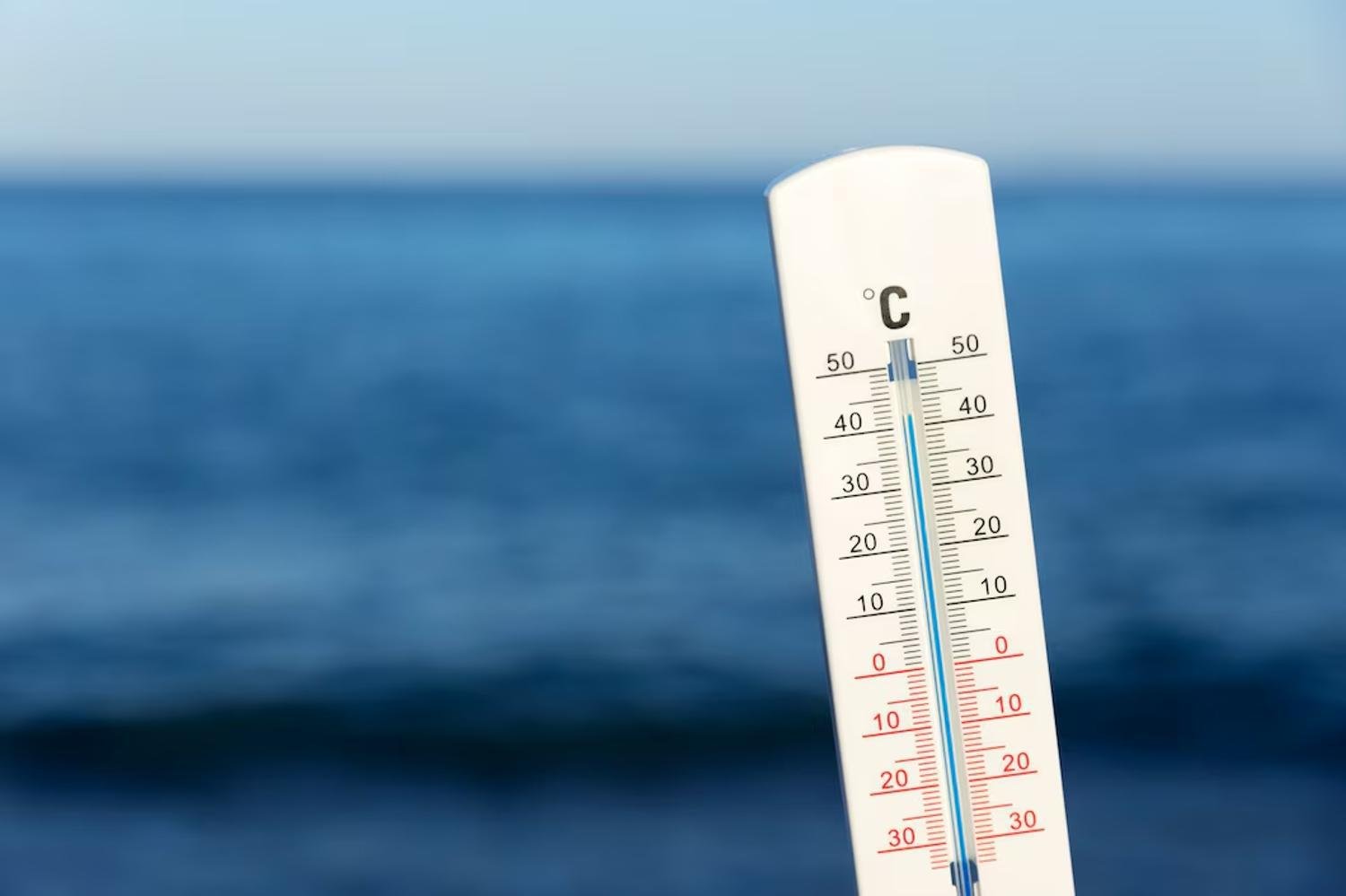
Since 2013, the Pacific Ocean has been warming at an alarming rate. “The Blob” periodically increases water temperatures between California and Alaska by nearly 7 degrees Fahrenheit.
This has led to toxic algal blooms, which can create dead zones that suffocate marine life.
Other Threats to the Ocean

Yale Environment 360 says that toxic algal blooms are not the only issue plaguing the ocean. Reductions of fish stocks, sea lion displacement, and the forcing of whales into shipping lanes as they look for food as increased due to water temperatures rising.
The threat to the ocean, and in turn the economy that relies on marine life, has increased to an alarming rate.
Reducing Aerosols
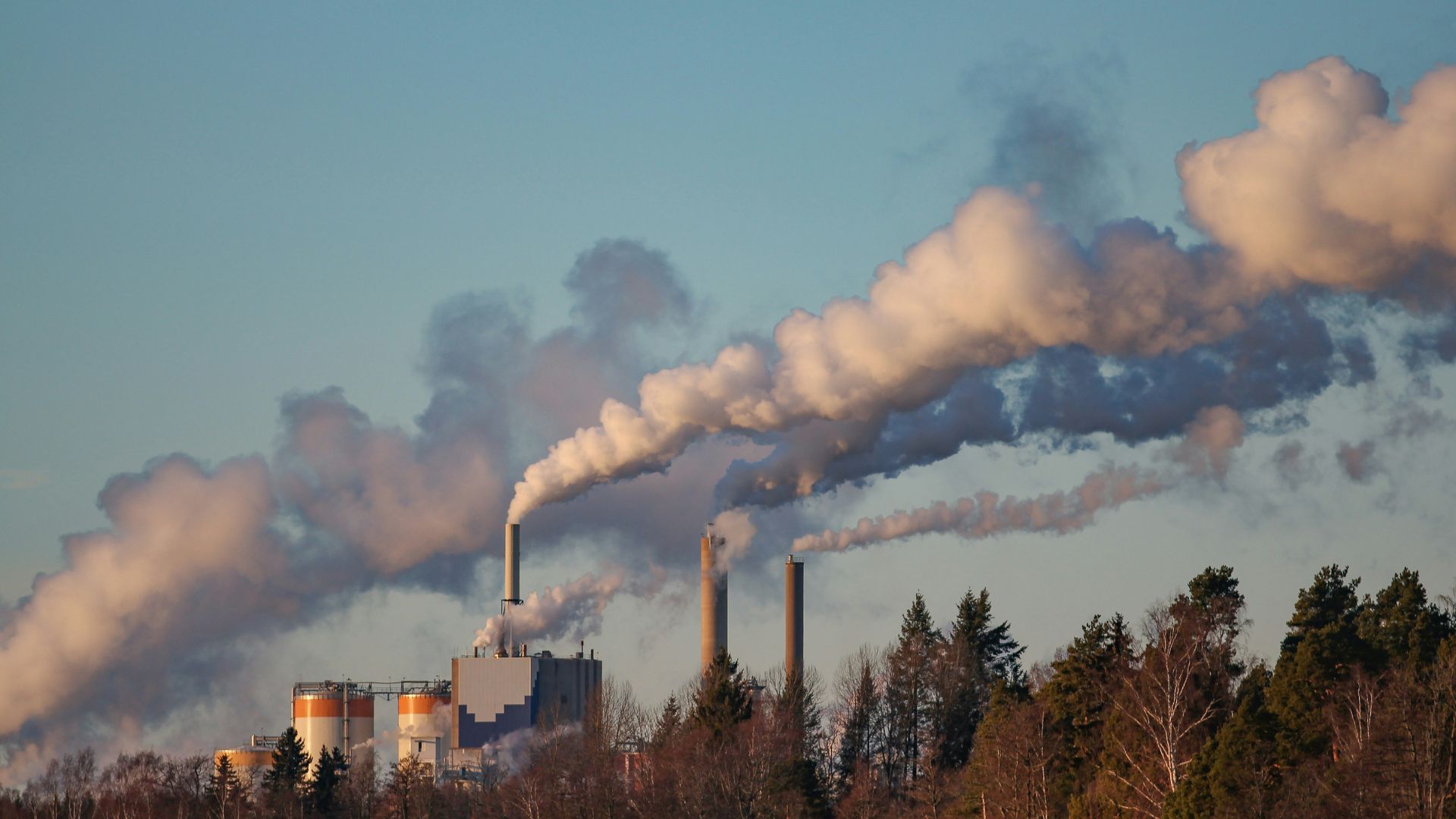
The analysis suggests that the aerosol reduction in China is at least partly responsible for the Blob. Yale Environment 360 details that aerosols can deter around a third of the warming that is caused by greenhouse gases.
Despite the negative effects, cutting the production of aerosols is still an important factor in curbing overall air pollution.
Unexpected Surprises

While reducing aerosols is generally positive for air quality and health, it could lead to surprising effects on climate due to the complex interactions within the climate system.
“Aerosol reductions will perturb the climate system in ways we have not experienced before,” atmospheric scientist at Texas A&M University Yangyang Xu, who was not involved in the study, told Yale Environment 360. “It will give us surprises.”
Don’t Stop Cleaning Up Aerosols

However, Fred Pearce of Yale Environment 360 says that the possible negative effects of cleaning up aerosol don’t mean we should stop.
“To be clear, nobody — but nobody — suggests that we should stop the cleanup of aerosols. The death toll would just be too great,” Pearce said.
Another Problem

The WHO said that outdoor air pollution was responsible for 4.2 million premature deaths worldwide in 2019. The organization found that aerosols are a key contributor to that statistic.
Michael Diamond from Florida State University, an expert on aerosol and climate, suggested that reducing methane would help mitigate the warming created in the absence of aerosols.
The Increasing Worry

However, the progress made in China shows that change is possible, if the government and its people are willing and able to put in the work.
But other countries have contributed to South Asia becoming the “global pollution epicenter,” and the average resident is losing five years of their lifespan to pollution. Aid from international organizations and private donors could go a long way in building the infrastructure needed, the report added, but “right now, that’s not happening,” it said.








































